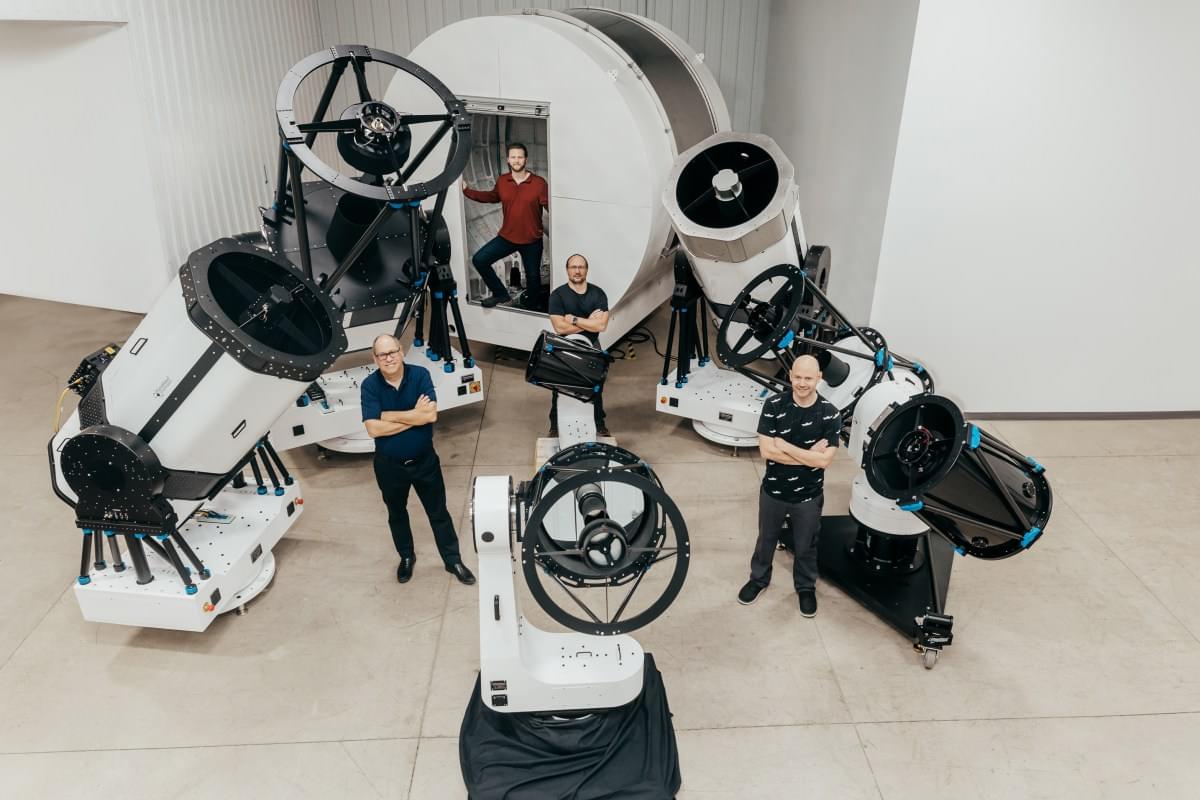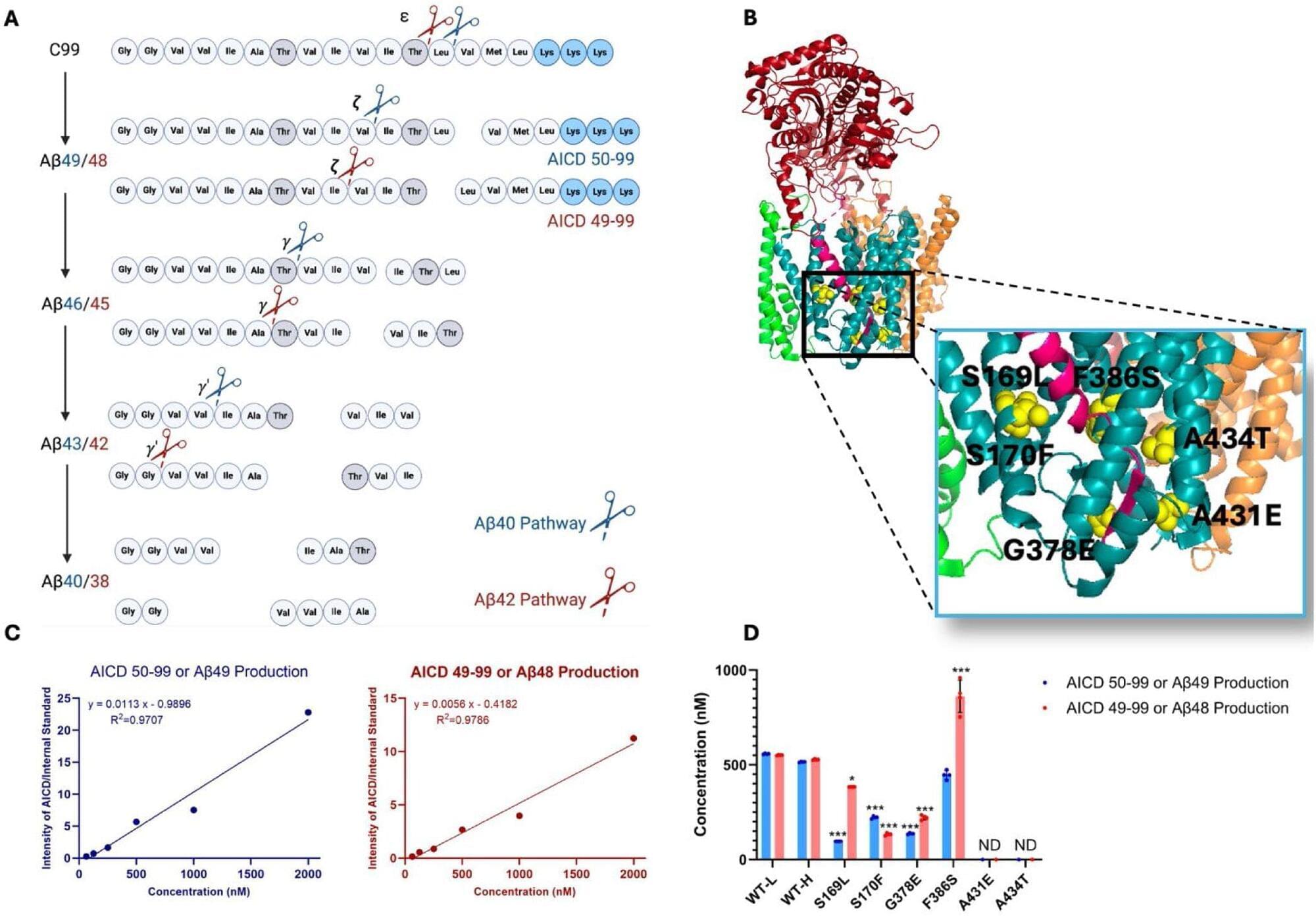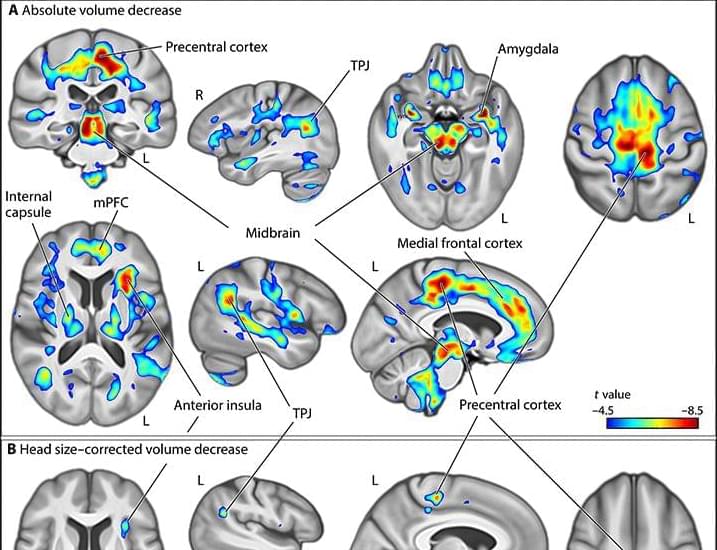Emmy Noether was hailed as a mathematical genius in her own time. And her theorem on symmetry is still driving new discoveries in particle physics and quantum computing today.
By John Gribbin and Mary Gribbin.

Emmy Noether was hailed as a mathematical genius in her own time. And her theorem on symmetry is still driving new discoveries in particle physics and quantum computing today.
By John Gribbin and Mary Gribbin.


On a clear spring evening in Michigan, the stars aligned — just not in the way Upfront Ventures partner Nick Kim expected.
He’d just led a $9.5 million seed round for OurSky, a software platform for space observational data, and was eager to see what its telescope partner PlaneWave Instruments could do.
But when they rolled out the telescopes that night at PlaneWave’s manufacturing facility, he was stuck waiting.


An international team of scientists, including researchers from Harvard University and the University of Zurich, analyzed clinical trial results 777 elderly Swiss adults to test the potential anti-aging benefits of supplements and exercise.
While there’s no perfect way to measure biological aging, the researchers used tools that help measure age-related decline in the cells and organs, including factors like brain health and heart health.
They looked at participants who underwent one of eight longevity treatments over three years, including exercising and supplementing omega-3s, vitamin D, or both.

The term “nanoscale” refers to dimensions that are measured in nanometers (nm), with one nanometer equaling one-billionth of a meter. This scale encompasses sizes from approximately 1 to 100 nanometers, where unique physical, chemical, and biological properties emerge that are not present in bulk materials. At the nanoscale, materials exhibit phenomena such as quantum effects and increased surface area to volume ratios, which can significantly alter their optical, electrical, and magnetic behaviors. These characteristics make nanoscale materials highly valuable for a wide range of applications, including electronics, medicine, and materials science.

A recent large-scale study published in Science Advances has revealed a connection between genetic variations associated with dyslexia and structural differences in the brain. These differences were found in areas involved in motor coordination, vision, and language. This provides new insights into the neurological underpinnings of this common learning difficulty.
Dyslexia is a common learning difficulty that primarily affects the skills involved in accurate and fluent word reading and spelling. It’s characterized by challenges with phonological awareness (the ability to recognize and manipulate the sounds in spoken language), verbal memory, and verbal processing speed. People with dyslexia may struggle to decode words, recognize familiar words automatically, and spell words correctly. Importantly, dyslexia is not related to a person’s overall intelligence. It’s considered a neurodevelopmental condition, meaning it arises from differences in how the brain develops and processes information, particularly related to language.
Genetic disposition to dyslexia is associated with brain structure in the general population.
In celebration of #Helldivers2’s Illuminate Invasion, Spacedock delves into Alien Invasions in Sci-Fi.
THE SOJOURN — AN ORIGINAL SCI-FI AUDIO DRAMA:
https://www.thesojournaudiodrama.com/
BECOME A CHANNEL MEMBER:
/ @spacedock.
SUPPORT SPACEDOCK:
https://www.patreon.com/officialspace… https://teespring.com/en-GB/stores/sp… Do not contact regarding network proposals. Battlezone II Music by Carey Chico Spacedock does not hold ownership of the copyrighted materiel (Footage, Stills etc) taken from the various works of fiction covered in this series, and uses them within the boundaries of Fair Use for the purpose of Analysis, Discussion and Review.
MERCHANDISE:
https://teespring.com/en-GB/stores/sp…
Do not contact regarding network proposals.

#GigaBerlinArt #TechPainters #RoboticMuralist.
At Tesla’s Gigafactory Berlin-Brandenburg, creativity meets technology in a remarkable initiative to transform concrete surfaces into stunning artworks. Inspired by Elon Musk’s vision to turn the factory into a canvas, the project began with local graffiti crews. However, the sheer scale of the endeavor required innovative solutions, leading to the collaboration with a robotic muralist startup. This groundbreaking graffiti printer combines cutting-edge technology with artistry, using a triangulation method to maneuver its print head along factory walls. With 12 paint cans onboard, the robot sprays precise dots of color—10 million per wall and 300 million for the west side alone—creating intricate designs composed of five distinct colors. The curated artworks draw inspiration from Berlin’s vibrant culture, Tesla’s groundbreaking products, and the factory itself—described as “the machine that builds the machine.” A blend of global and in-house artistic talent has contributed to the ongoing project, making Giga Berlin not just a hub for innovation but also a celebration of art and ingenuity.
Courtesy: X:@Tesla.
#FactoryArt #BerlinCulture #GigaBerlinTransformation #MachineThatBuildsTheMachine.
———————-
Thank You for watching! Do not forget to Like | Comment | Share.
———————-
About the channel.
Watch us for the best news and views on business, stock markets, crypto currencies, consumer technology, the world of real estate, bullion, automobiles, start-ups and unicorns and personal finance. Business Today TV will also bring you all you need to know about mutual funds, insurance, loans and pension plans among others.
Follow us at:
Website: https://www.businesstoday.in.
WhatsApp: whatsapp.com/channel/0029Va4Hd309hXFCqY62yD2I
Facebook: https://www.facebook.com/BusinessToday.
twitter: https://twitter.com/business_today.
Instagram: https://www.instagram.com/business_today/